Blue Tansy Essential Oil in Skincare: Acne Saviour or Stinky Ingredient to Skip?
Using blue tansy oil in your skincare routine can have several benefits. However, before you add it, you should know how it is extracted and why it benefits your skin. It is also important to understand the potential risks in deciding whether or not to use it.
Although this is a much-loved oil by many, I'm going to lay my bias on the line for this one. I hate the smell of blue tansy and I think there are other effective oils that can be used for products designed to clarify and tone the skin.
Regardless about what I think, let's dive deeper into this ingredient and why people love it.
What is Blue Tansy
Tanacetum is a group (genus) of flowering plants in the aster (Asteraceae) family. The essential oil used in skincare called blue tansy is scientifically named Tanacetum annuum. As a member of the Asteraceae family, it is related to German and Roman chamomile.
Though called blue, the flowers are small and yellow, with slender leaves covered in white fur, and are a native of Morocco. It is commonly known as Moroccan Tansy.
When you use skincare products that are blue-tinted and named "blue tansy", ensure the INCI ingredient list says 𝙏𝙖𝙣𝙖𝙘𝙚𝙩𝙪𝙢 annuum. This *yellow* flower is a form of chamomile that is very high in the chemical 𝘾𝙝𝙖𝙢𝙖𝙯𝙪𝙡𝙚𝙣𝙚 when extracted as an essential oil.
The chamazulene compound is the key phytochemical in blue tansy oil. This compound helps with inflammation and diminishes the signs of aging. In addition, it gives it the characteristic blue-green colour.
Be wary if the ingredient list says Tanacetum Vulgare (a useful ingredient in its own right, but not high in chamazulene), or if the marketing photos show the purple flowers of the phacelia plant (which is also sometimes called blue tansy or the tansy flower).

How is Blue Tansy Oil Extracted
Blue tansy is an essential oil that is usually extracted by the steam distillation process. It can also be obtained using solvents, particularly CO2. This is a delicate oil and the flowers used are quite rare, so high quality supplies are limited (and expensive).
Blue Tansy Skin Benefits
Blue tansy, like all face oils, can have many skin benefits. However, it is not a carrier oil and would never be used at full 100% strength without dilution.
As far as this essential oil goes, the chemical chamazulene is a scavenger of free radicals and a key component in protecting and healing from environmental stress. This oil is known to have anti-inflammatory and antioxidant properties. It is also antibacterial and antifungal.
There isn't much scientific data to support these blue tansy benefits. A study on mice showed that it improved the skin's appearance after exposure to UV light. This study also suggested that it could effectively reduce itch and inflammation.
When using facial oils containing blue tansy/Tanacetum annuum, the types of benefits you can hope to see are:
- improved acne blemishes
- protection from free radicals
- reduced inflammation, redness and itching
- improvements in irritation and moisturization
Because of its anti-inflammatory properties, blue tansy oil can also be used to help insect bites. It may also act as a natural insect repellant. In addition, when used in an anti-inflammatory spritzer, the oil can provide soothing relief to sensitive skin, for some people.
Blue tansy essential oil is high in a chemical called camphor, which is used extensively throughout traditional chinese medicine practices.
Is Production Sustainable and Eco-Friendly
The Tanacetum annuum plant is rare and found in cultivated fields' edges. Blue Tansy is not an easy plant to harvest. Because of its rarity, it is at risk of over-farming. That said, it is considered a weed.
Being uncommon and difficult to harvest/extract means there is also a risk of counterfeit or diluted/low-quality products. If this is an ingredient you want to use, ensure the supply chain can be traced back to a reputable supplier.
What are the Risks of Blue Tansy Oil
Blue tansy essential oil should be diluted before being applied to the skin. Any of your favourite carrier oils will work well. Full-strength blue tansy oil can stain your skin and clothes.
Since it's an essential oil, following dermal limits for safety is vital to avoid sensitization and irritation. The recommended maximum ranges between 0.5-1% depending on the compositional testing results for the specific oil.
Like all essential oils, blue tansy oil can be very sensitizing to some individuals and may irritate the skin. This is why properly patch-testing any new product is so important.
Some people say that the blue tansy aroma is useful for inhaling due to its calming effects. Others say it can be used by people with asthma. This is a controversial and dangerous recommendation, especially because camphor is a respiratory irritant that can trigger asthma. So please do not use this essential oil as a medical treatment, see your doctor instead.
What Does Blue Tansy Smell Like
Depending what you read, blue tansy essential oil is described as smelling sweet, light, herbaceous, woody, earthy, and pungent.
Many references say that the aroma is what causes the calming effects, but for me, this was untrue. To me, it smells awful. When developing my CoreComplex Clarity Oil, I worked hard to incorporate it into the final product because it is effective at helping clear and tone the skin. The blue colour is also desirable. However, I found that to use an effective amount, the smell was overbearing. Also, it was much less blue than I wanted it to be.
Since it is *very* hard to colour oil-based, anhydrous products, a colourful oil like blue tansy has a lot of appeal to natural cosmetic formulators. Face oils are usually pale, yellowish, and green or orange-tinged. So if you're a brand looking to appeal to customers' senses, especially visual, finding ways to colour your oil-based beauty products is important.
As I did more experimentation and research, I realized that a lot of products that use blue tansy oil either (1) added other agents to make it more blue (ie. Solanum Melongena (Eggplant) Fruit Extract, Indigofera tinctoria, and blue algae extract) or (2) used such low amounts you couldn't even smell it.
So for me, this ingredient stays on the shelf.
Coté H, Boucher MA, Pichette A, Legault J. Anti-Inflammatory, Antioxidant, Antibiotic, and Cytotoxic Activities of Tanacetum vulgare L. Essential Oil and Its Constituents. Medicines (Basel). 2017 May 25;4(2):34.
Monzote L, Herrera I, Satyal P, Setzer WN. In-Vitro Evaluation of 52 Commercially-Available Essential Oils Against Leishmania amazonensis. Molecules. 2019 Mar 30;24(7):1248.
Powers CN, Osier JL, McFeeters RL, Brazell CB, Olsen EL, Moriarity DM, Satyal P, Setzer WN. Antifungal and Cytotoxic Activities of Sixty Commercially-Available Essential Oils. Molecules. 2018 Jun 27;23(7):1549.
Sonboli, Ali, et al. "Molecular phylogeny and taxonomy of Tanacetum L.(Compositae, Anthemideae) inferred from nrDNA ITS and cpDNA trnH–psbA sequence variation." Plant Systematics and Evolution 298.2 (2012): 431-444.
Dr. Heather Smith developed her love for skinimalism and clean beauty years ago when she began making home remedies for her newborn's eczema. She is an expert in natural ingredients and active botanicals and has now launched bareLUXE Skincare - a full line of effective oil serums. She dedicates this blog to consumers who are researching ingredients and working to make their beauty ritual more natural and sustainable.

MEDICAL DISCLAIMER
This content is for informational and educational purposes only. It is not intended to provide medical advice or to take the place of such advice or treatment from a personal physician. All readers/viewers of this content are advised to consult their doctors or qualified health professionals regarding specific health questions. Neither Dr. Smith nor the publisher of this content takes responsibility for possible health consequences of any person or persons reading or following the information in this educational content. All viewers of this content should consult their physicians about their skincare concerns and routines.


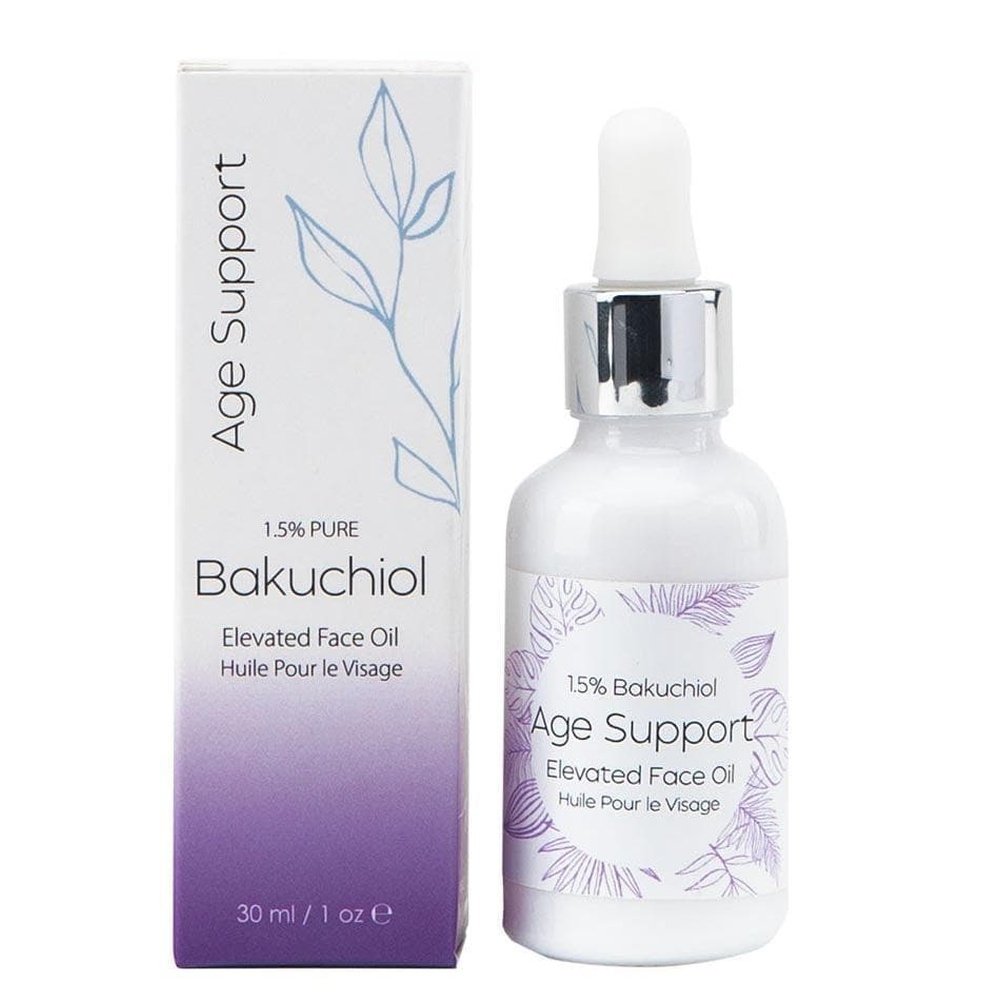
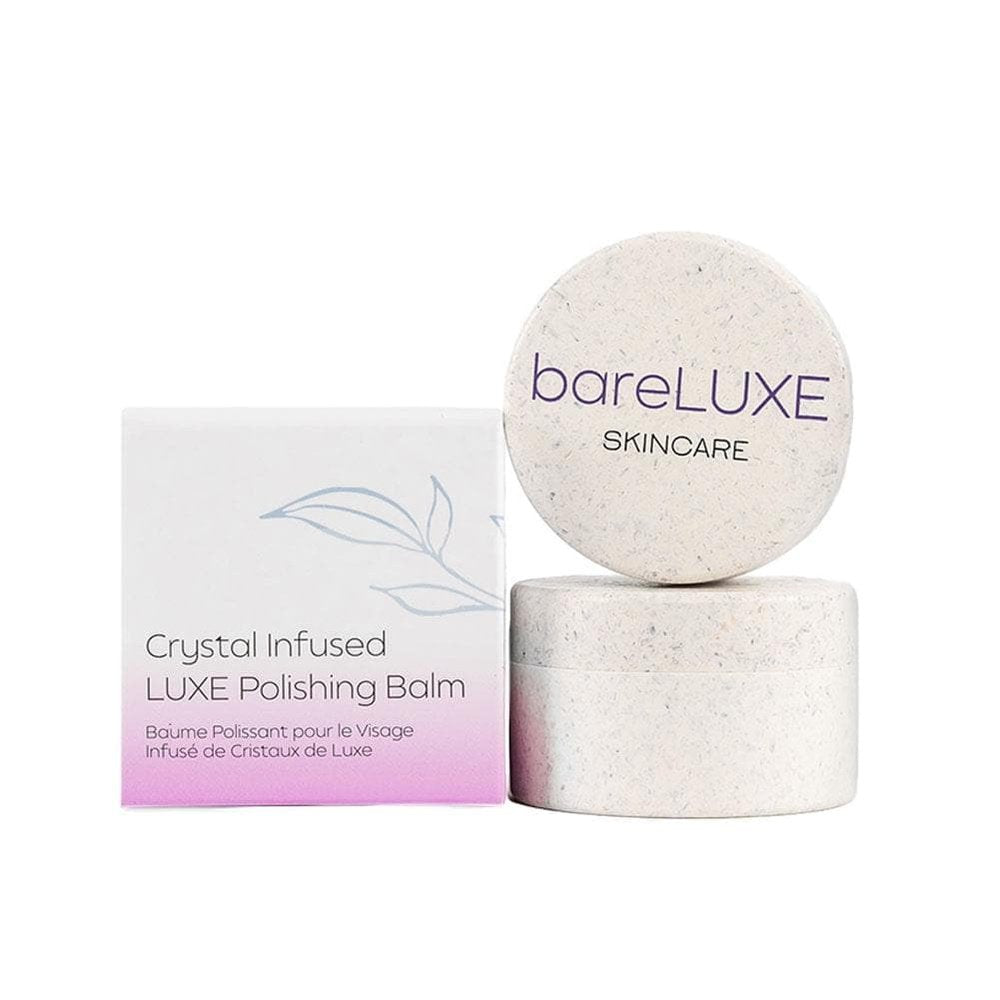
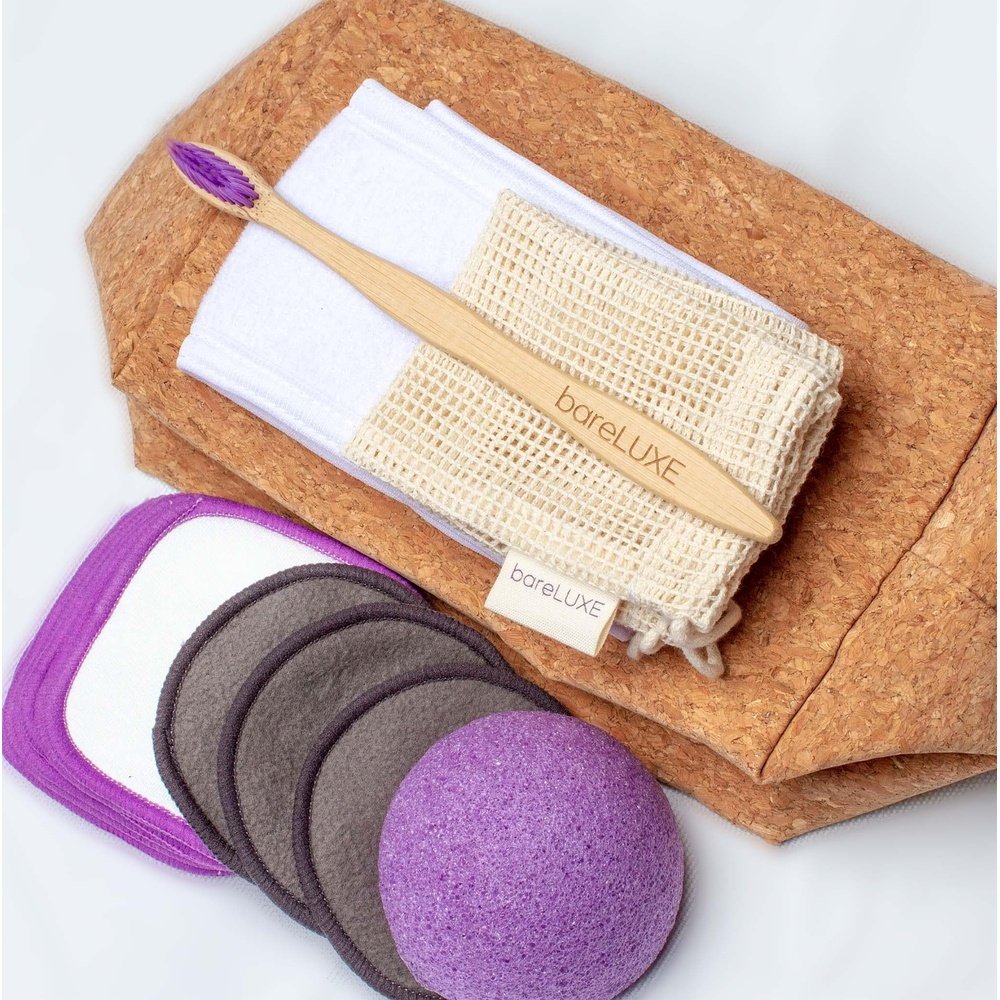
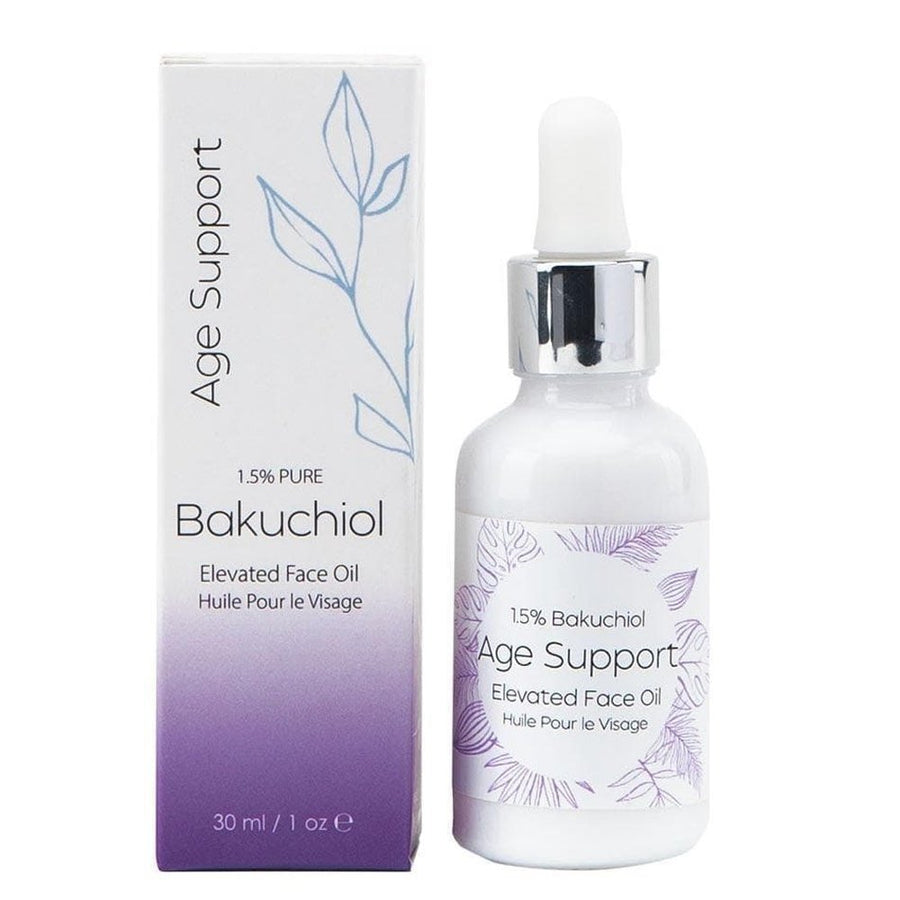
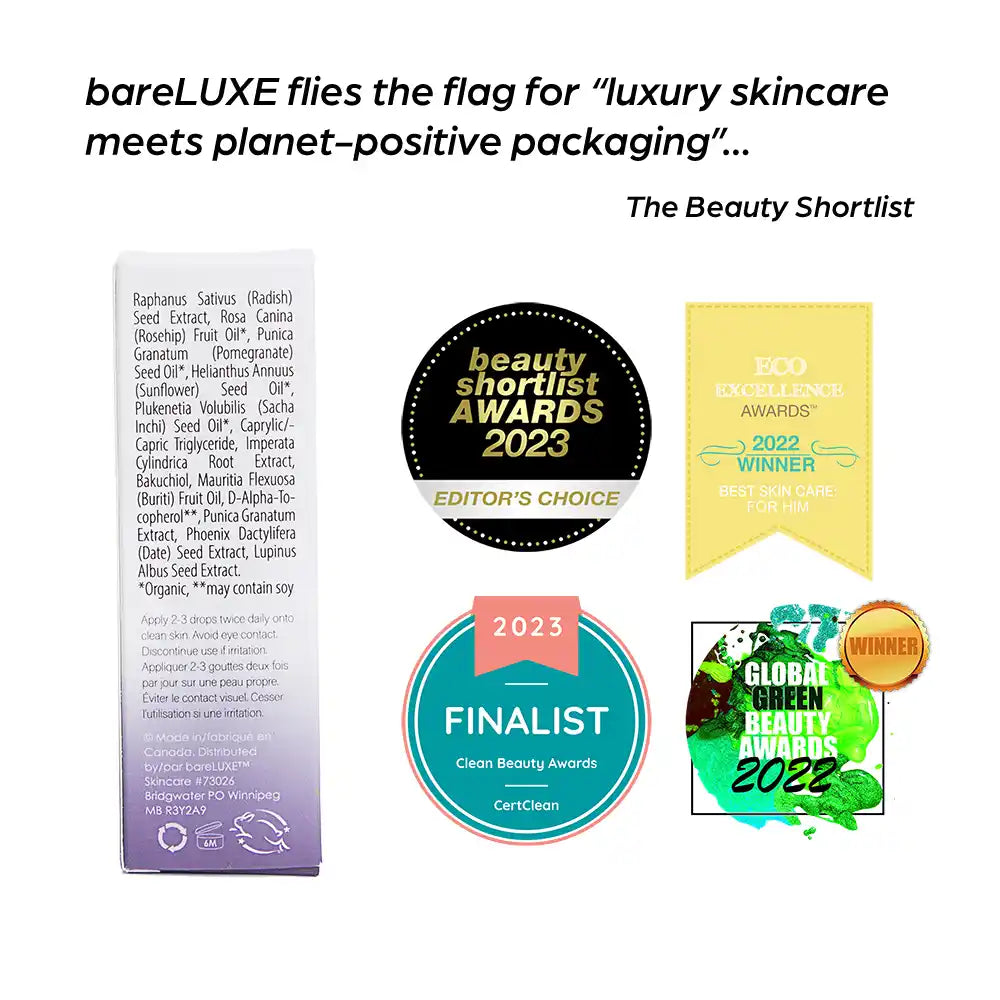
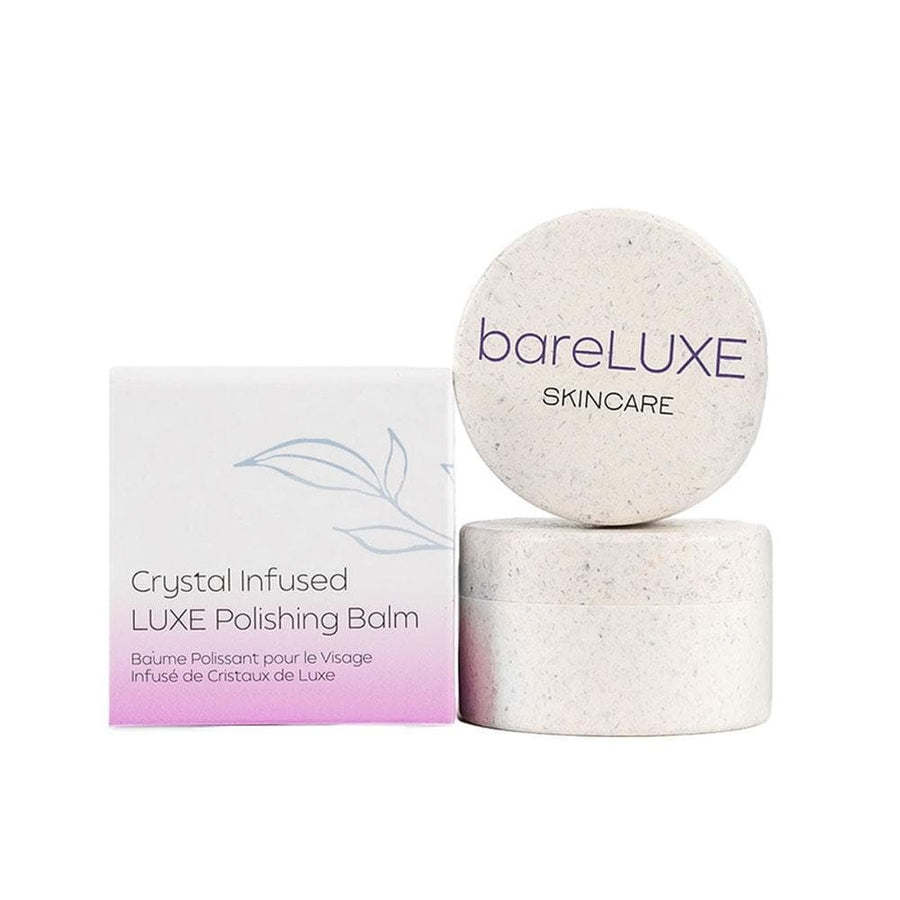
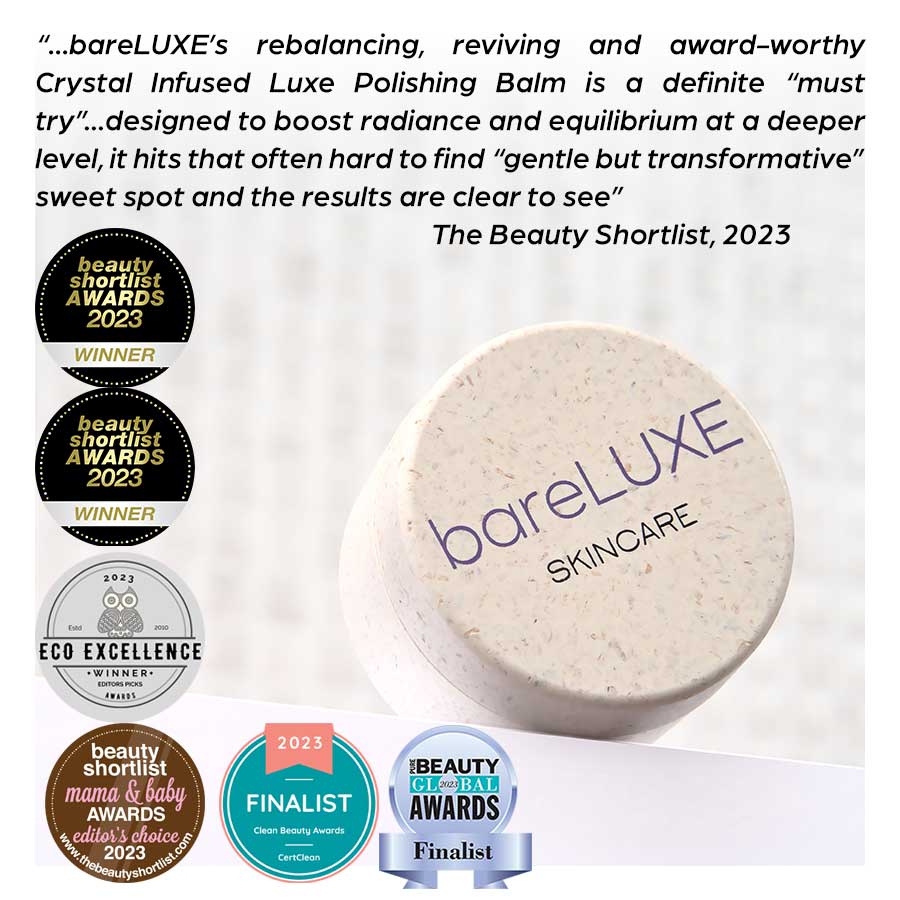
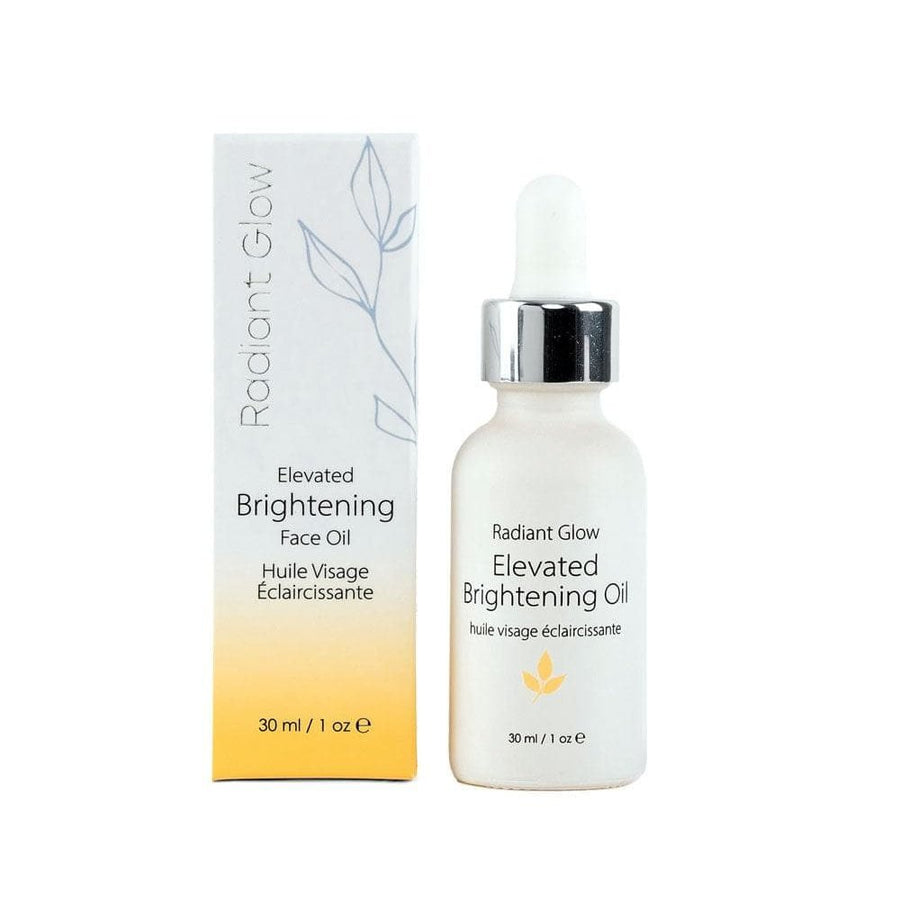
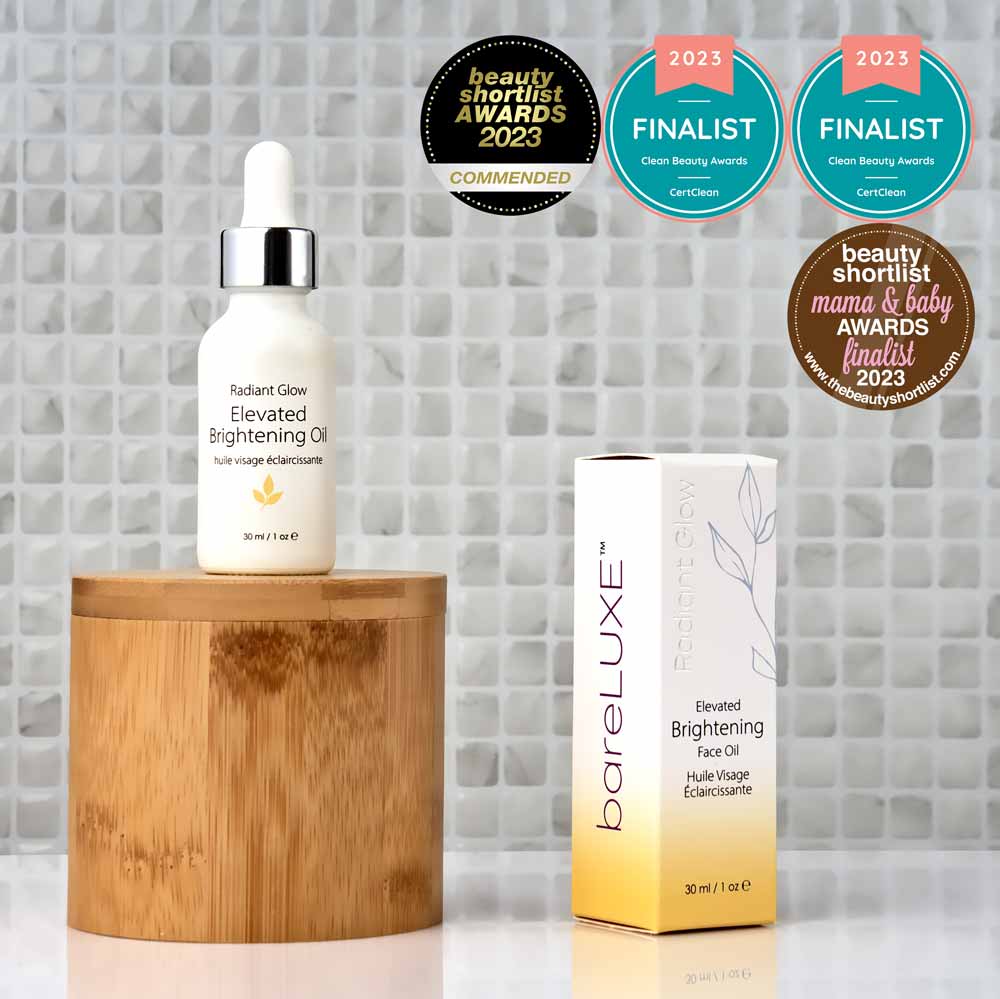
Leave a comment